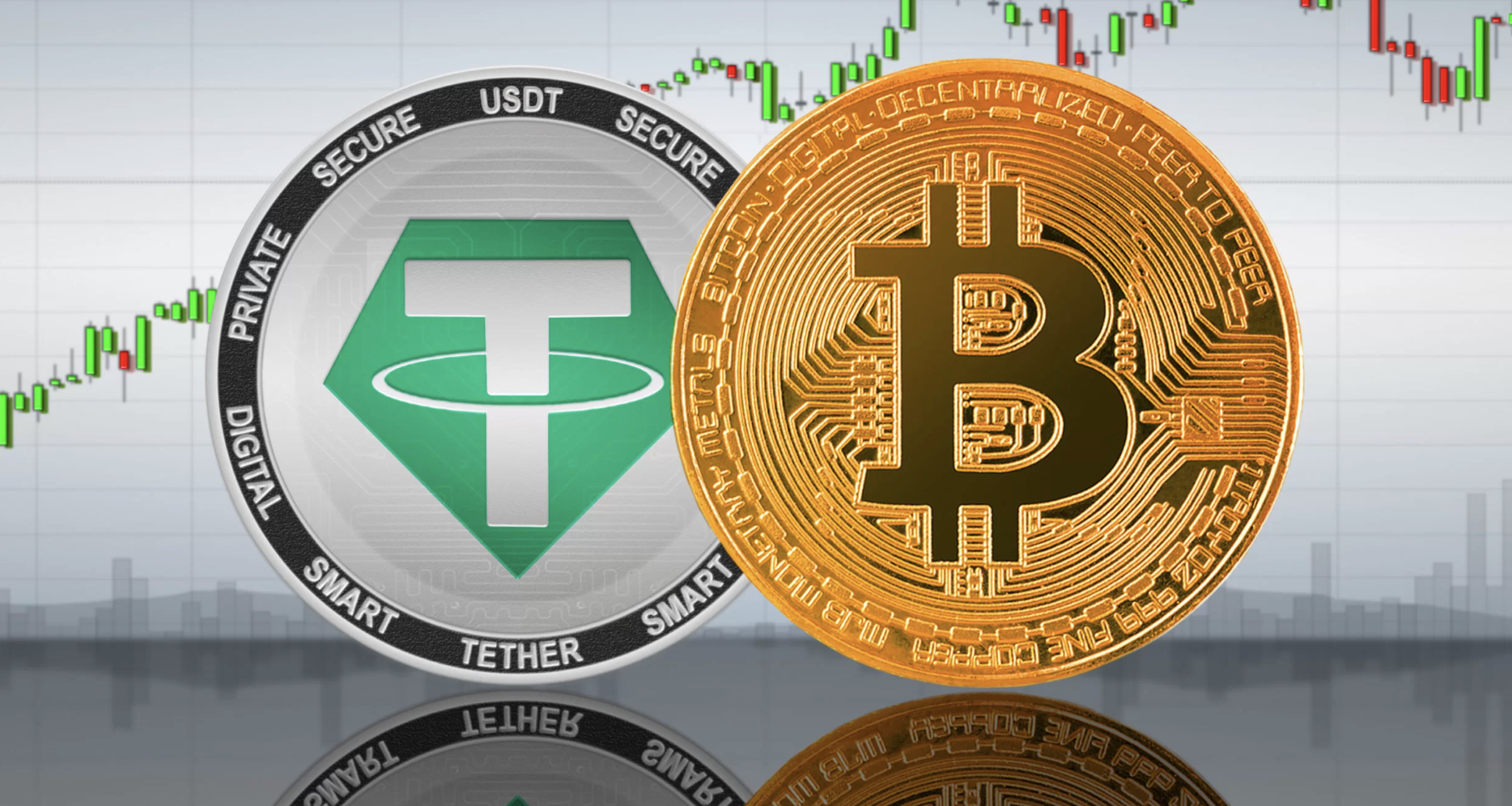Stablecoins such as Tether (USDT) and USD Coin (USDC) usually appear more stable than other crypto assets, particularly those pegged to fiat currencies like the USD. These coins serve as a shield against extreme levels of market volatility. However, recent data on the reactions of USD-pegged stablecoins to the prevailing economic ambiguity is revealing unexpected outcomes.
These assets have seen substantial movement in the past few months. While many stablecoins have lost market share, Tether USDT, the highest-valued stablecoin by market cap, has soared to its all-time high over the last year.
Tether (USDT) Taking Over
According to Coingecko data, Tether has gained market dominance in the last 12 months. This stablecoin is far ahead of other coins in its category, with a market dominance of 65.89%. The data suggests that USDT has added 18.85% to its market dominance of 47.04% from a year ago.
In terms of market cap, USDT currently stands at $3.1 billion. Additionally, the cryptocurrency’s 30-day circulating supply increased by 1.7%, achieving a higher value than others. On the flip side, USDC, the second-largest stablecoin by market cap, displays a dwindling market dominance. USDC lost 11.83% from its former dominance of 34.88% in May 2022, sliding to 23.05% twelve months later.
The overall market cap of USDC has considerably decreased from its previous peak of $55 billion to $29 billion. Based on 30-day circulation data, the coin’s circulation saw a drop of 4.9%. Similarly, Binance USD (BUSD) also experienced a significant drop of 6.87% over the past year.
The stablecoin was at 11.68% a year ago, but its market dominance now rests at 4.18%. As of the writing date, BUSD’s 30-day market circulation has witnessed a 15% decline.

Circle CEO Comments on USDC
In a report from Bloomberg on April 26, the company behind Tether’s competitor Circle and its CEO, Jeremy Allaire, pointed out that the US banking crisis and regulatory pressures are the reasons behind USDC‘s downfall.
The CEO also implied that ambiguous crypto regulations in the US might be deterring investors from allocating funds to the emerging asset class, claiming that the industry has seen an “alarming” hostility in the US crypto regulation environment.
Tether USDC detached from the US dollar during the US banking crisis when leading financial institutions like Silvergate and Silicon Valley Bank collapsed. Circle had a reserve of $3.3 billion at Silicon Valley Bank (SVB).
During the crisis, the company tried to withdraw its funds but failed. Following the emergence of this issue, many investors moved their funds from USDC to USDT, causing USDT to detach from the US dollar.

 Türkçe
Türkçe Español
Español










